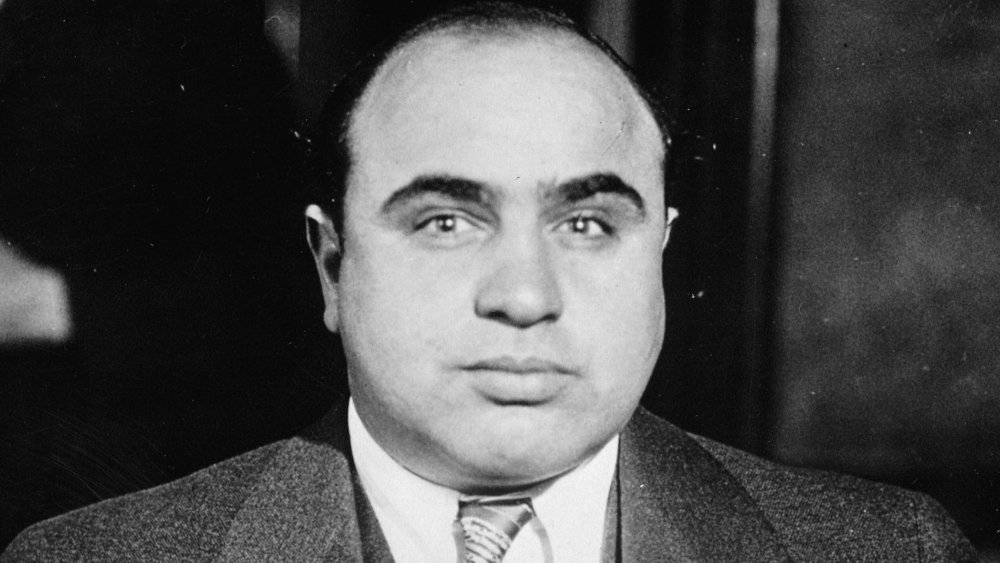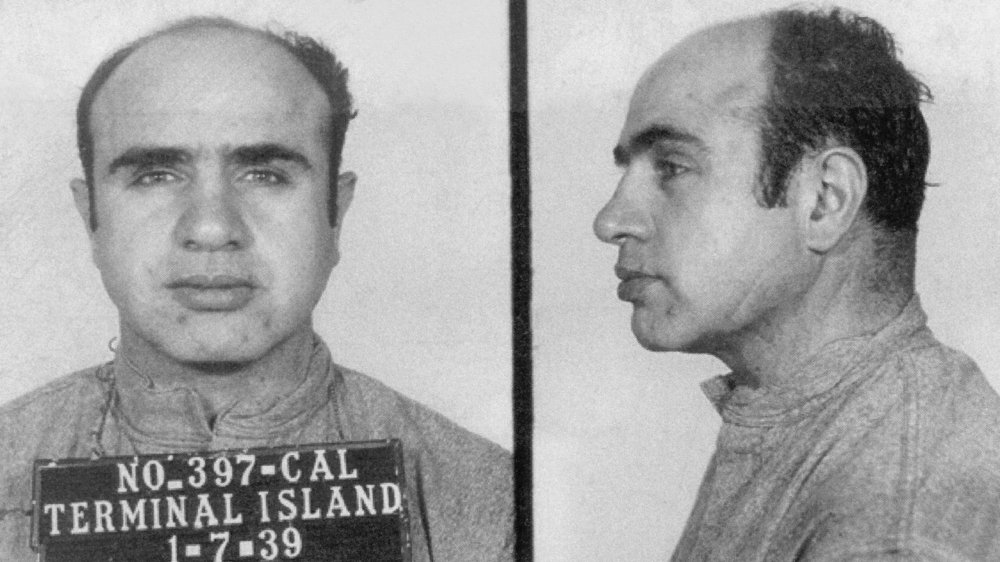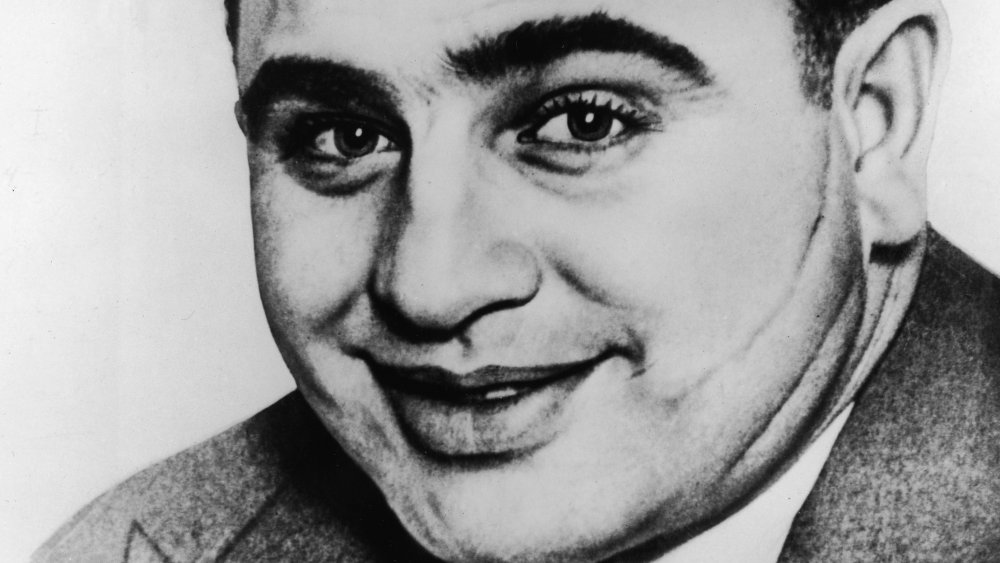What Al Capone's Final Days Looked Like
It is difficult to think of a criminal who has become more iconic. Al Capone, AKA 'Scarface,' is a name known around the world thanks to the movie that bears his alias, as well as numerous films about his life or that feature him as a character, including The Godfather. In popular music he has been a point of reference for many rappers from the golden age of hip-hop and beyond, and was immortalized in song all the way back in 1964, in Prince Buster's ska hit "Al Capone."
In his own lifetime — Capone was born in 1899, and came to prominence in prohibition-era Chicago — he was considered a Robin Hood figure, according to The Blue Magazine. But the truth is that as the co-founder and boss of the criminal "Chicago Outfit," Capone was estimated to have been responsible for the deaths of at least 33 people, according to a contemporary report in the Chicago Herald Tribune. What sort of death does such a figure as Al Capone deserve? Whatever you think, the story of his final days is a deeply unfortunate one.
Al Capone's prison diagnosis
He once held the city of Chicago in the palm of his hand, thanks to kick-backs to the police and city officials that allowed the Chicago Outfit to operate for years without fear of prosecution. According to Biography, the infamous Valentine's Day Massacre of 1929, in which seven rival gangsters were shot to death in broad daylight by Capone's crew, changed the dynamic between the crime boss and those in power who used to look the other way. After serving short-term prison sentences for a number of offenses, Capone was eventually given an 11-year prison sentence for tax evasion (per The New York Times), part of it served at Alcatraz.
Capone spent about 8 years behind bars before being released on bail at the insistence of his wife, Mae. According to the New York Post, Capone was diagnosed with longstanding syphilis at the start of his prison stretch, which laid the groundwork for the terrible physical suffering he would later endure.
Al Capone's final days: a spiral of suffering
Easily curable with the development of penicillin some years later, the untreated disease was a killer in Capone's day, eventually entering the brain to become neurosyphilis and, eventually, paresis — also known as paralytic dementia. Capone already began to exhibit strange behaviors during his time behind bars, and upon leaving, Capone's wife Mae had to be careful to hide him away from the public for fear that his frequent outbursts, caused by his syphilis-addled brain, might be interpreted by his former fellow Chicago gangsters as spilling secrets, according to the New York Post.
Capone, his health slowly deteriorating, was hidden away. Although he underwent a medical trial involving the newly-developed penicillin during this time, it was not enough to reverse the damage that his disease had caused to his brain. Smithsonian claims that the former mob boss's final days were spent at home in his pajamas, holding imaginary conversations with people from his past, with his family forced to humor his delusions. By 1946, the year before his death, the FBI reports that Capone was considered to have a mental age of 12.
Capone died following a stroke, pneumonia, and cardiac arrest, on January 25, 1947.


